Stencil How-to: Stencil Embossing an Allover Pattern

by
Royal Design Studio
(IC: professional)
Are you ready to take stencils to new heights?? Stencil embossing, also known as dimensional stenciling, can be a bit more challenging, time consuming, and shall we say DARING than stenciling with paint. But, the end result is so eye-catching and unique that it is OH SO worth it. Stencil embossing is a fabulous finish for using an allover stencil pattern to highlight a special feature wall or niche. Read on to discover the basic steps for stencil embossing an allover pattern.
There are many different specialty plaster materials that you can use to create different types of raised effects with stencils, but we are starting you off here with a plaster material that is super easy to use, readily available, and dirt cheap: Premixed Joint Compound.
If you are stenciling embossing an allover pattern as shown here, you will need to create a visual guide first for the repeat registration. This is because you will need to hopscotch around with the stencil pattern to avoid placing it over areas that you've stenciled that are still wet with the raised joint compound or plaster.
It is not necessary to clean the stencil between each repeat-unless you pushed some Joint Compound onto the back of the stencil. You WILL need to clean the stencil often though. The best way to clean a large stencil like this is to lay it flat on a table or surface covered with heavy plastic. Use the Plastic Taping Knife to remove excess Joint Compound. If it is still wet, you can put it back in the bucket to reuse it. If it has started to dry and crumble, simply scrape it into a trash can. DO NOT put the Joint Compound down your drain.
Step 5: Skip one repeat and place your stencil over the previously stenciled pattern. Follow Steps 1-4 again. Allow the Joint Compound to dry at least to the touch before stenciling the repeats "in between".
Step 6: When all the joint compound is dry use a medium-grit sanding block to lightly sand down all the raised, uneven areas, trowel lines, and bumps. The good news: Joint Compound is SUPER easy to sand. The bad news: It's dusty and it's easy to sand TOO much. Go easy. A little sanding will go a long way. It's best wear a dust mask and use a vacuum attachment to remove the dust which will collect around the pattern and below. Clean
Enjoyed the project?
Published November 4th, 2014 12:12 PM



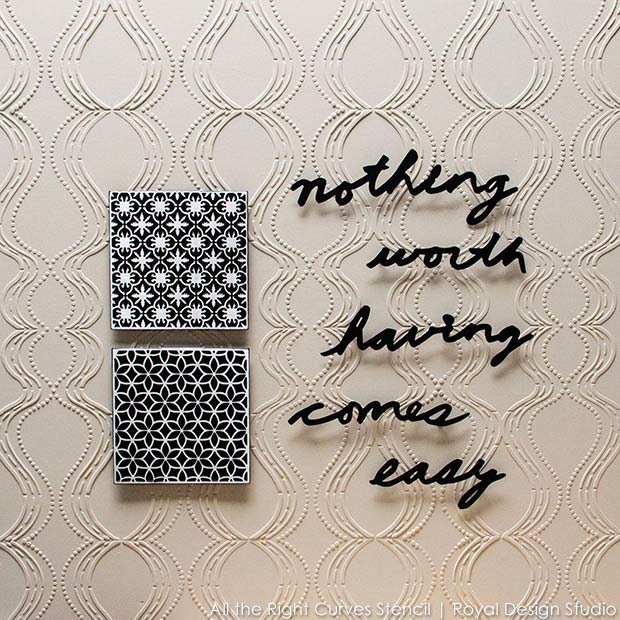




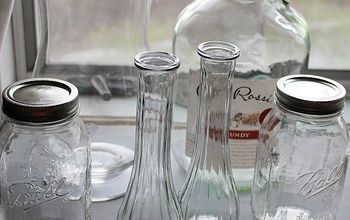
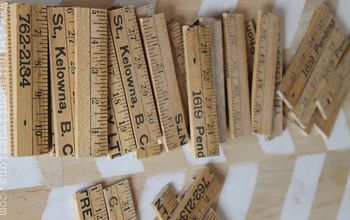




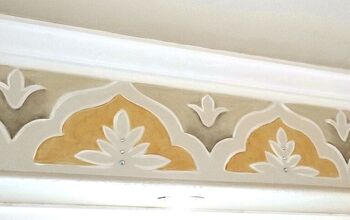

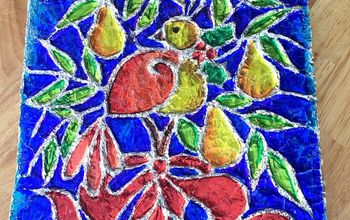
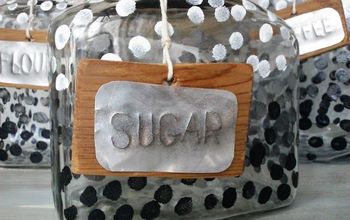
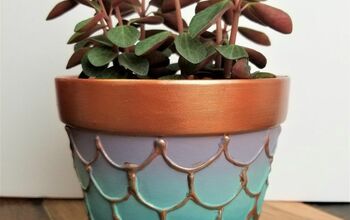
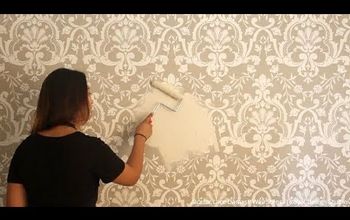
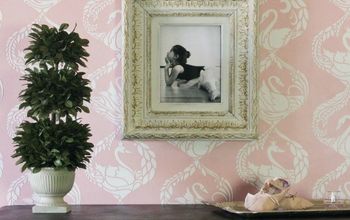



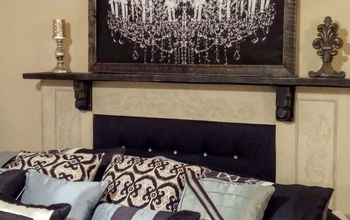
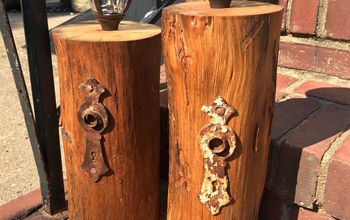


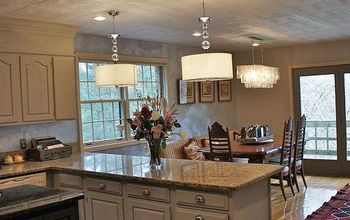
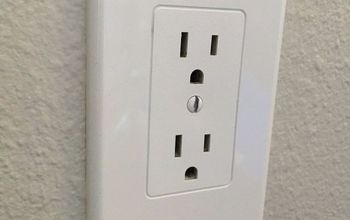
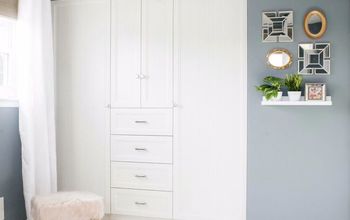
Frequently asked questions
Have a question about this project?